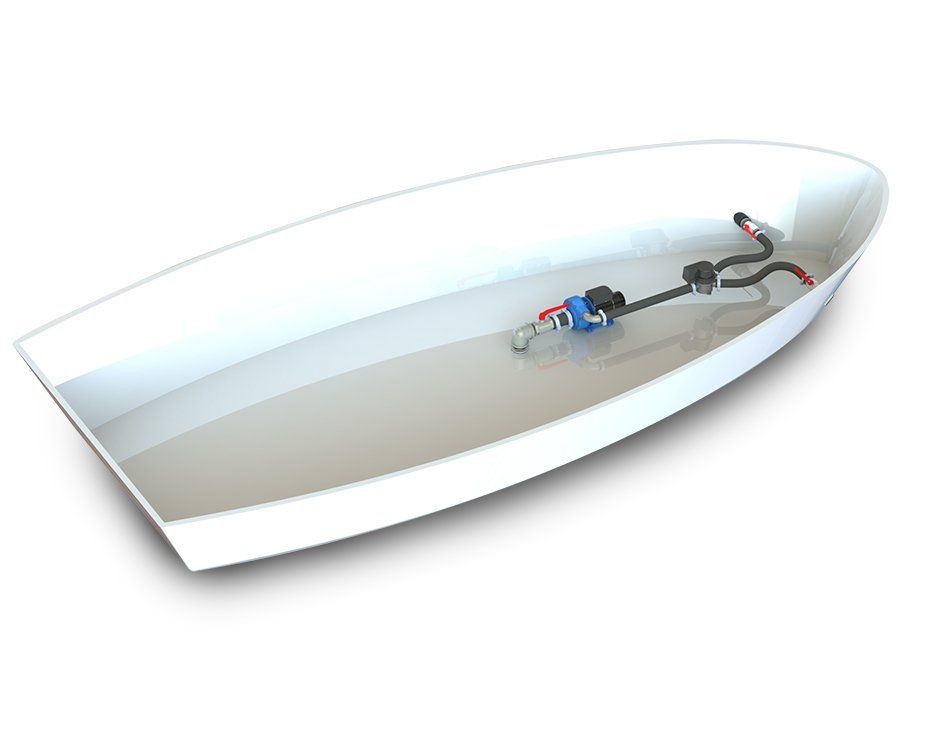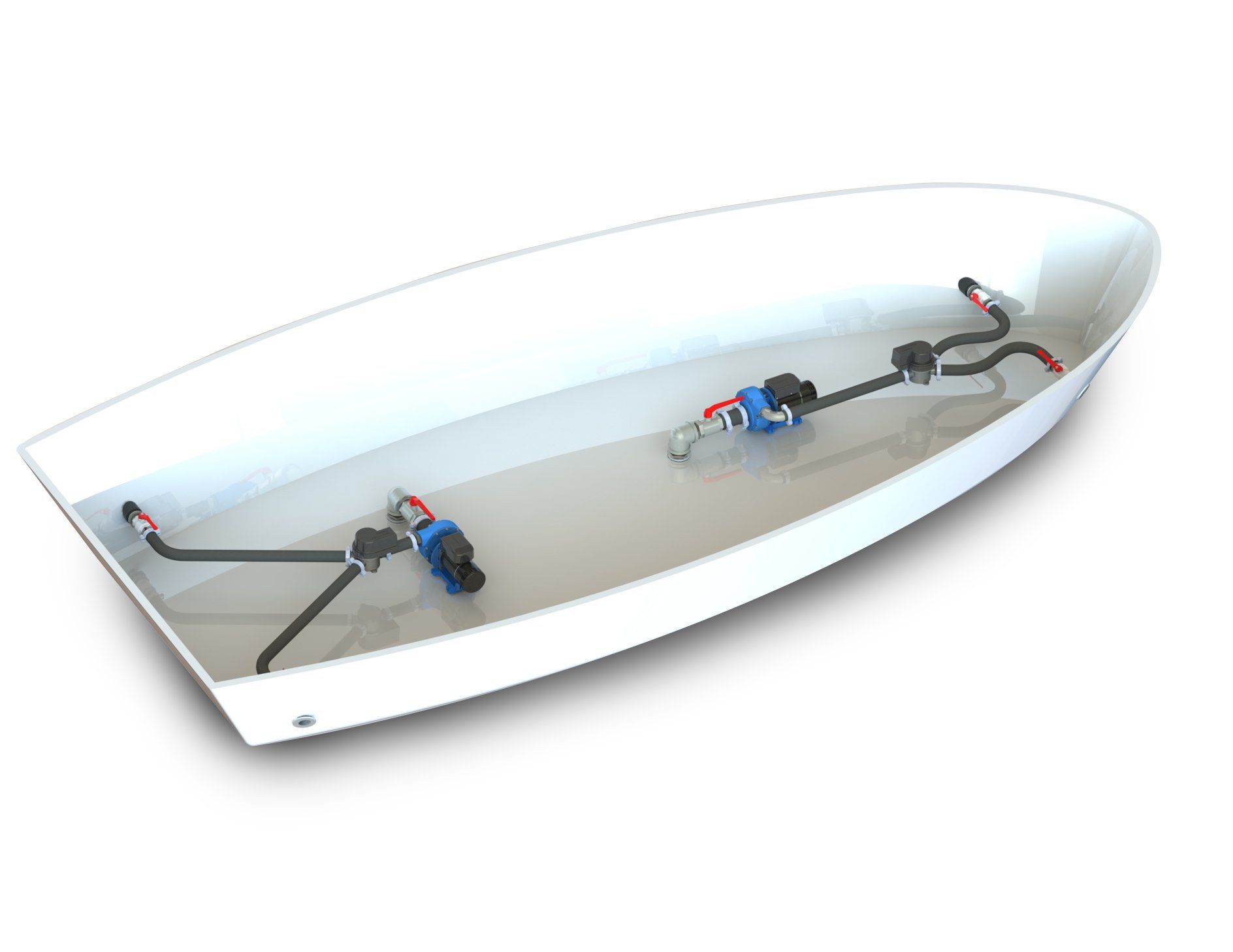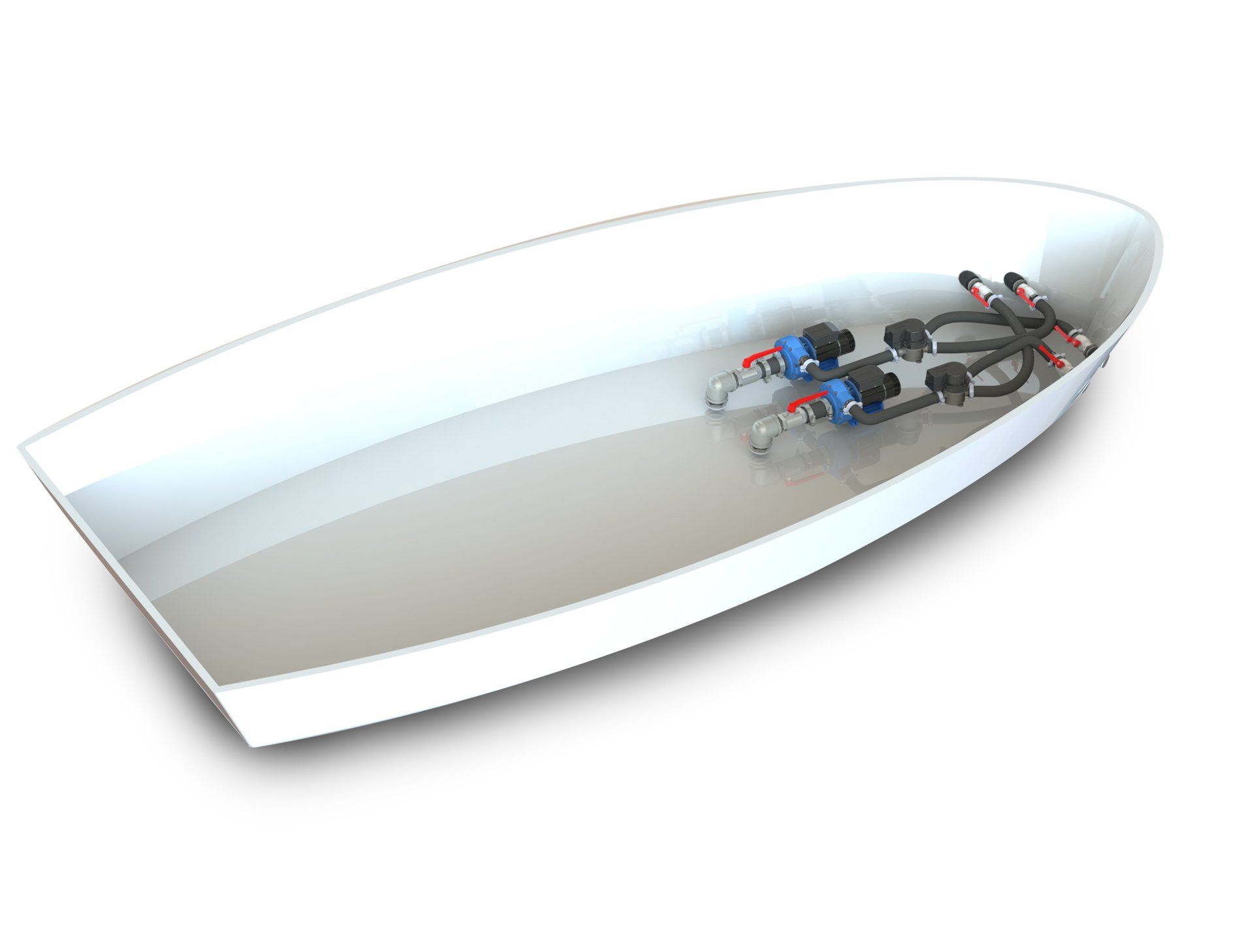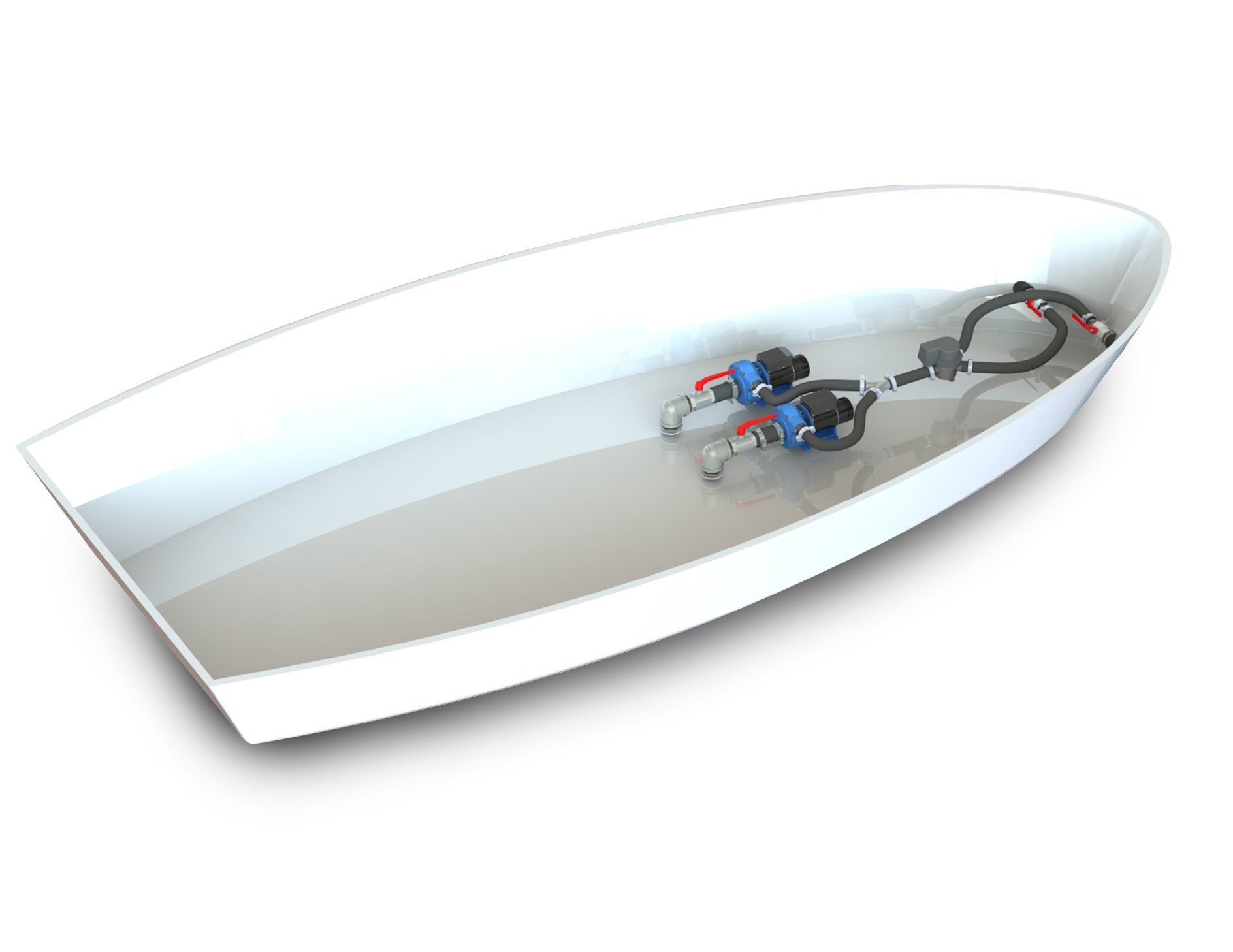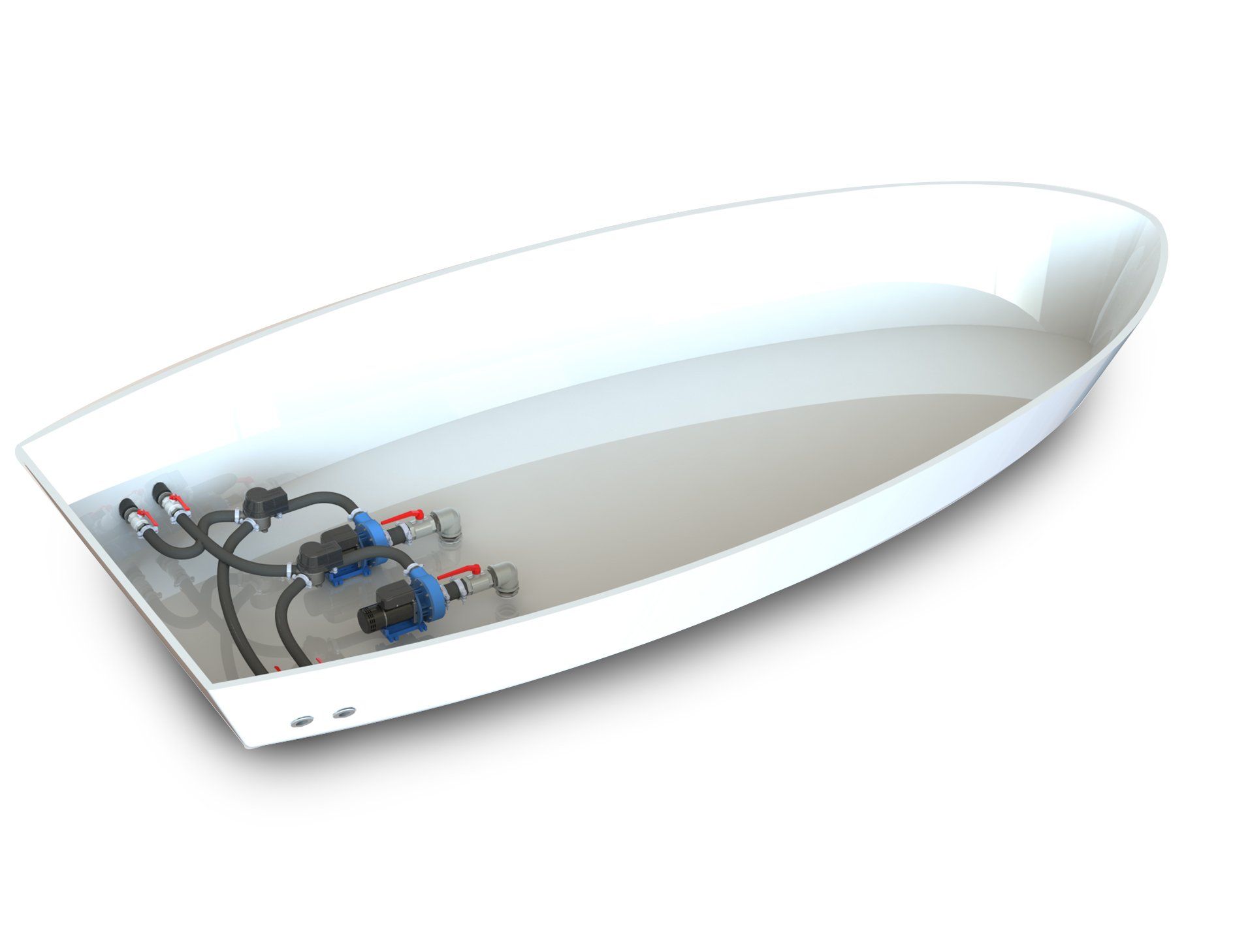BOW or stern
Explore Our Product Range
30 Kgf Bow or Stern
- Water Skiing & Wake boarding boats
- Sailyachts up to 32Ft
- Rigid Inflatable Boats up to 25ft
- Stern Thruster small motor yachts
- Center Console Boats
- Shallow Draft Aluminium boats
50 Kgf Bow or Stern
- Motor Yachts up to 33ft
- Sail yachts up to 40ft
- Rigid Inflatable Boats up to 35ft
- Stern Thruster Motor Yachts up to 40ft
- Center Console boats up to 35ft
- Shallow Draft custom boats up to 40ft
70 Kgf Bow or Stern
- Motor Yachts up to 40ft
- Sail yachts up to 50ft
- Rigid Inflatable Boats up to 40ft
- Stern Thruster Motor Yachts up to 45ft
- Center Console boats up to 45ft
- Shallow Draft custom boats up to 45ft
90 Kgf Bow or Stern
- Motor Yachts up to 50ft
- Sail yachts up to 55-60ft
- Rigid Inflatable Boats up to 45ft
- Stern Thruster Motor Yachts up to 50ft
- Center Console boats up to 50ft
- Shallow Draft custom boats up to 50ft
Possible for JT30-JT90
Configuration examples
Calculate required thrust
"Calculate thrust with help of the formula
In few steps you can see which Jet Thruster you need"
Calculate:
It's quite easy to calculate which Jet Thruster you need: Simply by measuring the boat length and boat height, our formula can give you an accurate estimate of the required thrust. With 4 Thrust forces available, and many optional configurations, our systems are suitable for pleasure yachts in the 25-60 ft. range. Because the Nozzles go maximum forward in the bow, the Jet Thruster is very efficient.
A simple physical law applies: Increase the arm and less force is required. By placing the Nozzles more forward you can move a large boat relatively easy!
Do you own a Catamaran?
Obviously there is more wind-catch. A Dual Jet Thruster system will generate the required thrust.
Two pump units will work together as a team and you will double the power.
Because the pump unit can be placed amid-ships there are endless technical possibilities to add maneuverability to your catamaran or any other yacht!
Contact our specialists for more information



